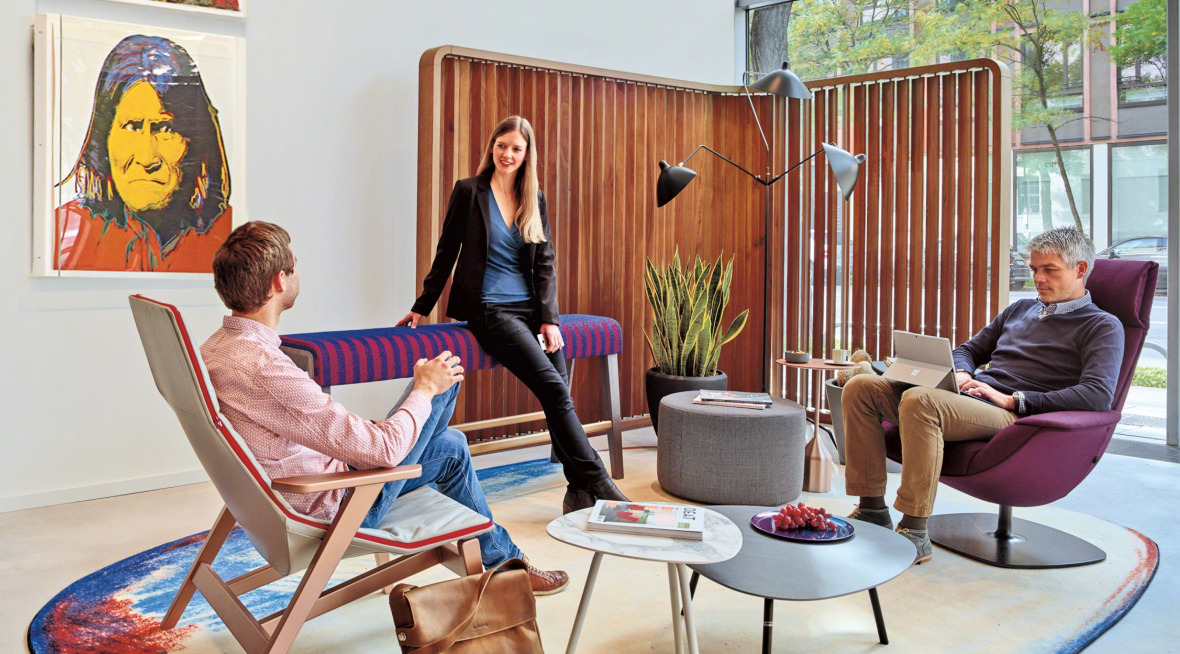We use cookies to make this site as useful as possible and maximize your experience. By closing this message, you consent to our cookies on this device in accordance with our cookie policy unless you have disabled them in your browser settings.
Create A Space That Inspires with bkm OfficeWorks

Cubicles, uncomfortable chairs, fluorescent lighting, and other “classic” elements of office design are rapidly disappearing. Why? Here in San Diego, people are rebelling against the uninspiring sea of sameness that has come to be known as the corporate office.
Need some inspiration at the office with help from bkm OfficeWorks? Could your workspace serve to inspire you? The answer is YES!
INSPIRING WORKSPACES offer spaces for people to collaborate, focus, lounge, and socialize. Because fun and function need to work in harmony to build an engaging office.
Below are a few things to think about before creating a space to inspire others.
DESIRE VS. REALITY
53 percent of people say that they can’t find the right type of spaces they need, while 40 percent say they don’t have enough informal space. What we’re all looking for:
- More views of nature or greenery
- Better support for informal interactions
- More access to private space for acoustic and visual privacy
- Better ergonomics
THE AGE FACTOR
Younger and older generations agree—everyone likes informal spaces and uses them regularly—but for different reasons. Millennials are more likely to use dining/bar spaces to do focus work while older generations use these spaces for collaboration and socialization. Lounge spaces are used by millennials as a place for privacy while older generations use these spaces socially. Millennials are also more likely to use a wider range of informal spaces and to adjust their furniture, where older employees tend to pick favorite spots to use and leave their furniture settings alone.
CULTURE SHIFT
On average, organizations based in India and China have the lowest I/Owned Workstations and the highest We/Owned and We/Shared workspaces. Organizations in the U.S. and Germany are more traditional and provide more I/Owned workstations.
HIERARCHY OF OFFICE NEEDS
Just as people have basic needs in life such as food, water, and safety, people have different needs at work too. In the office, organizations must provide people with technology, a diverse range of spaces that support different types of work, and permission to use these spaces if they expect them to thrive. Most organizations only provide people with technology and permission to work in informal spaces. But what’s missing is the range of spaces where people want to work that support their physical, cognitive, and emotional wellbeing.
Click here to learn more about creative workspaces.
